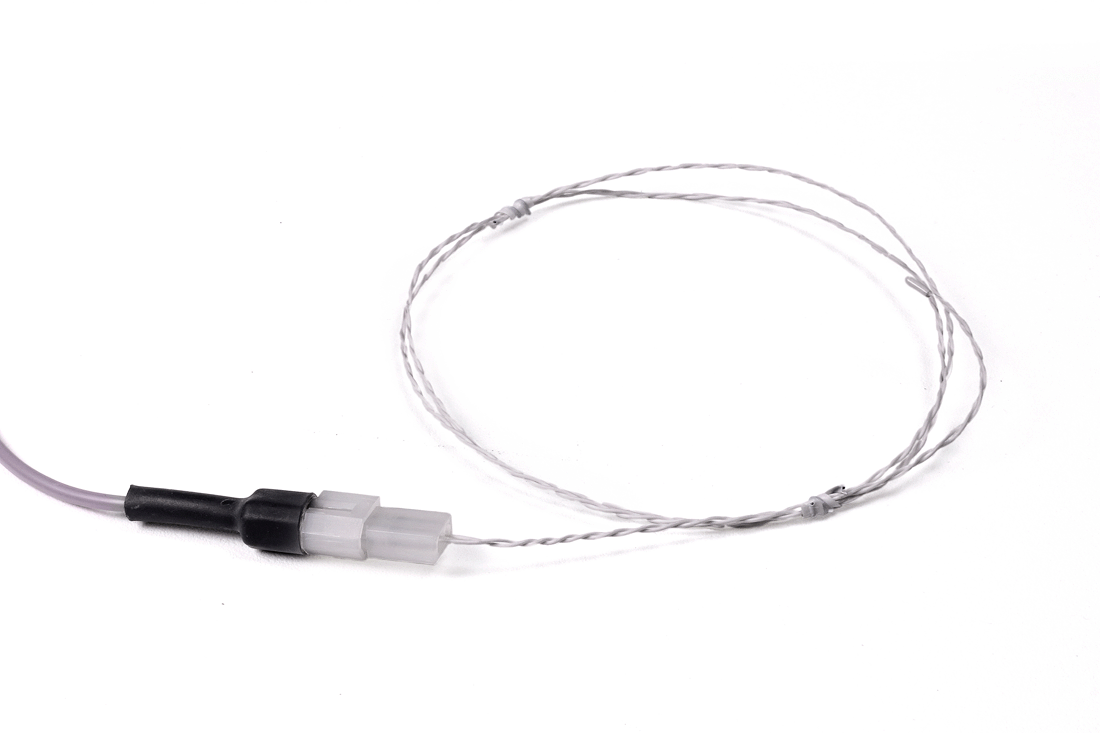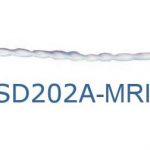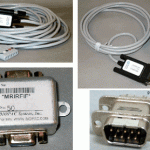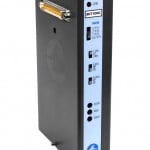Part #: RX202A-MRI
Temperature Sensor replacement for TSD202A-MRI
This is a replacement temperature sensor for the TSD202A-MRI thermistor transducer. The sensor snaps onto the transducer connector.
MRI Use: Conditional to 7T
- Condition: Apply the thermistor so that just the sensor portion is in contact with the skin. The insulated, conductive wire portion is typically routed away from the skin by sliding a piece of gauze, or cloth, between wire and the skin surface, prior to taping the transducer to the skin.
Note: RX202A-MRI Sensor (white) shown with transducer connector (black); ships as sensor only.
Details
Videos
MRI - Cleaning Data - EMG example
Support
Downloads/Resources
Knowledge Base
- * CLEANING GUIDELINES *
- About License Keys
- AC mode
- AcqKnowledge accuracy
- AcqKnowledge iLok key lost or unavailable
- Amplifier analog output signals
- Amplifier filter settings
- Arbitrary waveform stimulation
- Band-pass and band-stop filters
- BioNomadix Signal Interruption
- Calculating file sizes
- Calibration values
- Checking Finger Cuff Lifetime for NIBP100D/NIBP100D-HD
- Common mistakes/general troubleshooting
- Connecting Calibration Gas Tanks & Mixing Chambers
- Editing noisy data
- Electrodermal activity measurements
- Event Markers | Correcting Automated Placement
- Excel files exported from BIOPAC software open in Excel 'Protected View'
- Glossary of specification terminology
- Grounding guidelines
- High pass filters
- How can I move QRS peak event marks from the bottom of S waves to the top of R waves?
- Installation CD/DVD lost or damaged...how can I re-install software?
- Interfacing third-party transducers
- Low pass filters
- Notch filter
- Railing signal (flatline)
- Recording good data
- Troubleshooting MP160 Ethernet Communication
- Using other software with BIOPAC hardware
- VREF, reference excitation voltage




Stay Connected